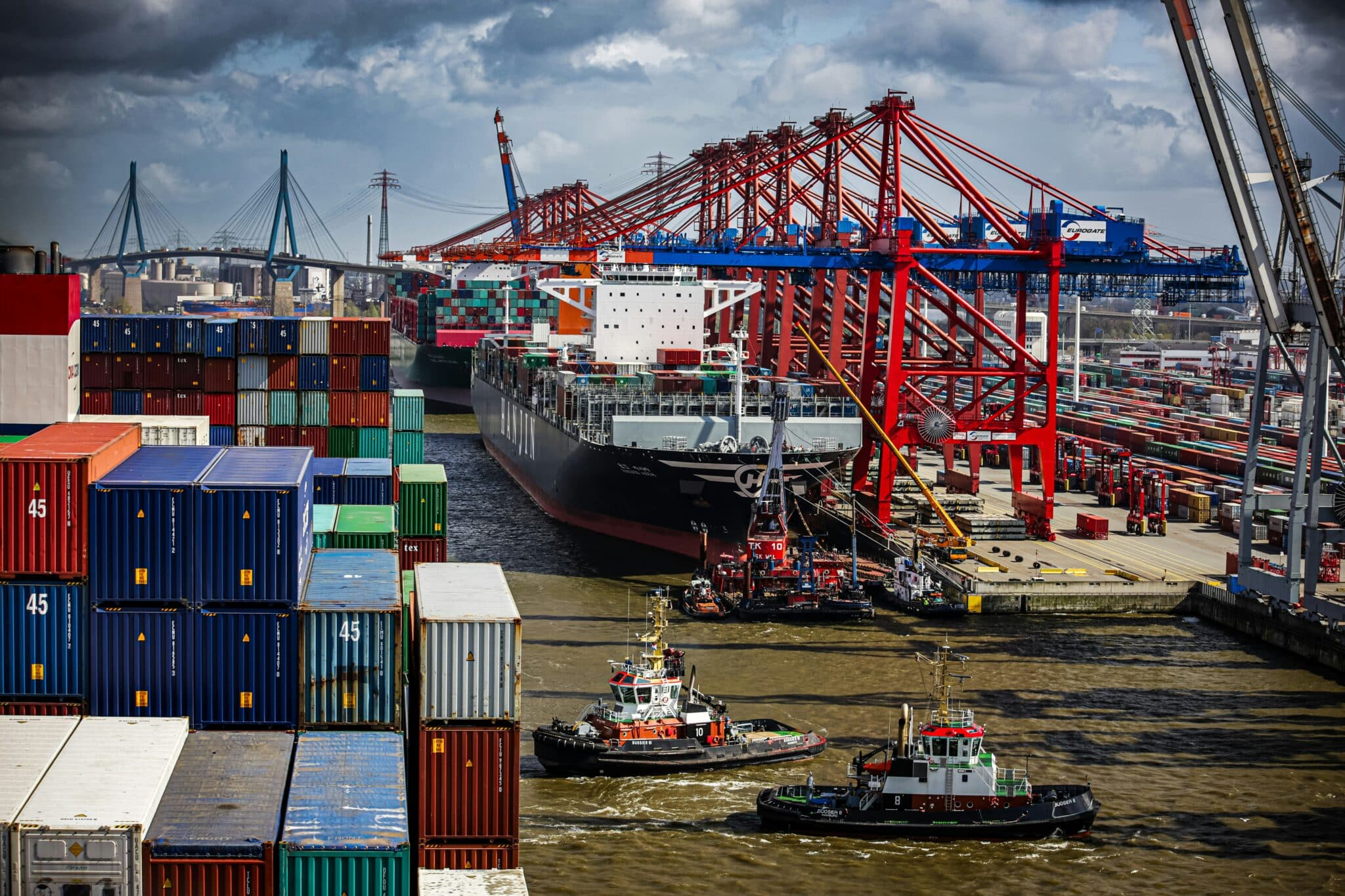As we’ve discussed over the last month, the supply chain is the engine of any retail and wholesale business model. When things are not running smoothly, the operation is stuck in a lower gear and the only way to create organisational resilience is to take steps to progress to the higher gears. You cannot build momentum and promote recovery or protect yourself from future disruption without first addressing existing vulnerabilities.
Based on research we shared from McKinsey, we identified the following key areas of vulnerability:
- Demand planning
- Inventory management
- Financial fragility.
Having explored a range of threats to these elements of your business, the main sources of concern were:
Changing consumer behaviours
Some of this is thanks to emerging trends being cemented during the crisis – there is less brand loyalty in place and people are increasingly comfortable with shopping online, even those who never previously would have. There’s also an expectation of extremely fast order fulfilment – speed is becoming a key battleground. The ongoing economic uncertainty around employment is having a significant impact but there are suggestions that with Christmas looking to be very different this year many will spend more to try and make it more special in these strange times. The unpredictability of consumer demand poses major forecasting issues for wholesalers.
Pace of change of product
With businesses pivoting their models and experimenting with changed product lines and new companies springing up to enter the market there is less consistency in the product offering. With lines launching and then others disappearing all the time it has become much harder to get the right product in the right place at the right time as there are no existing patterns to use as the basis for planning.
Excess stock
The uncertainty around consumer behaviour and product offering can easily lead to an excess of inventory. This then ties up valuable working capital, leaving organisations financially vulnerable. Improving inventory management by using supply chain planning software can result in optimization that reduces stock holdings by 10–30%.
Spreadsheets
A system based in spreadsheets simply can’t cope with the demands of trying to manage the above threats. When dealing with a complex market you require the ability to take a multidimensional approach to inventory forecasting and supply chain optimization.
Forward momentum
Without taking steps to achieve faster, smoother and more efficient supply chain operation, your business could very well stall. A balance of efficiency and resilience is required, addressing the issues we have outlined above and using the right tools to propel you forward.
Read our ebook Shifting Through the Gears for more detail of how AGR’s S&OP software can get your business operating in the highest gear and the impact that will have on your strategic approach to not just recovery but also future growth.
Let us show you the impact that the AGR software can have on the smooth running of your supply chain – get in touch today to see just how much of a difference it could be making to your resilience.





